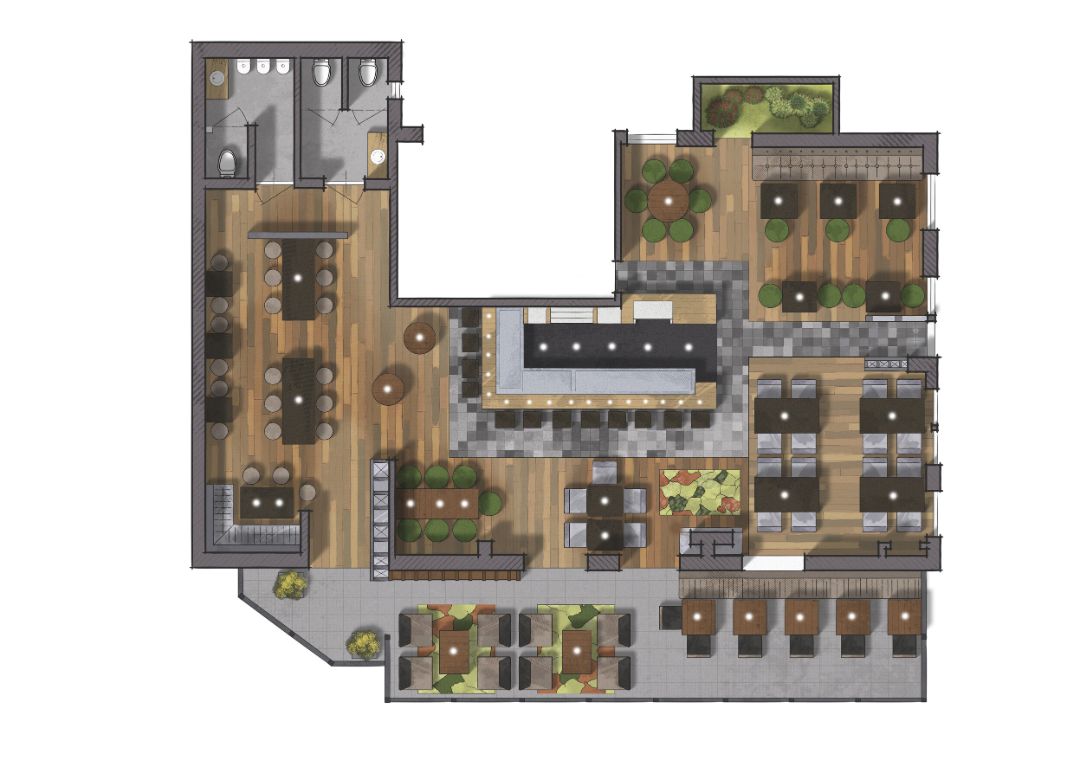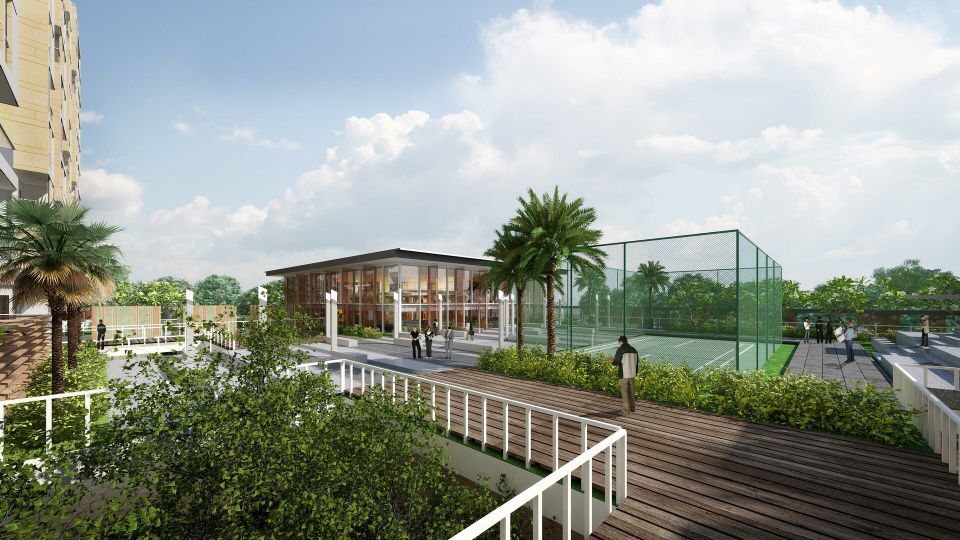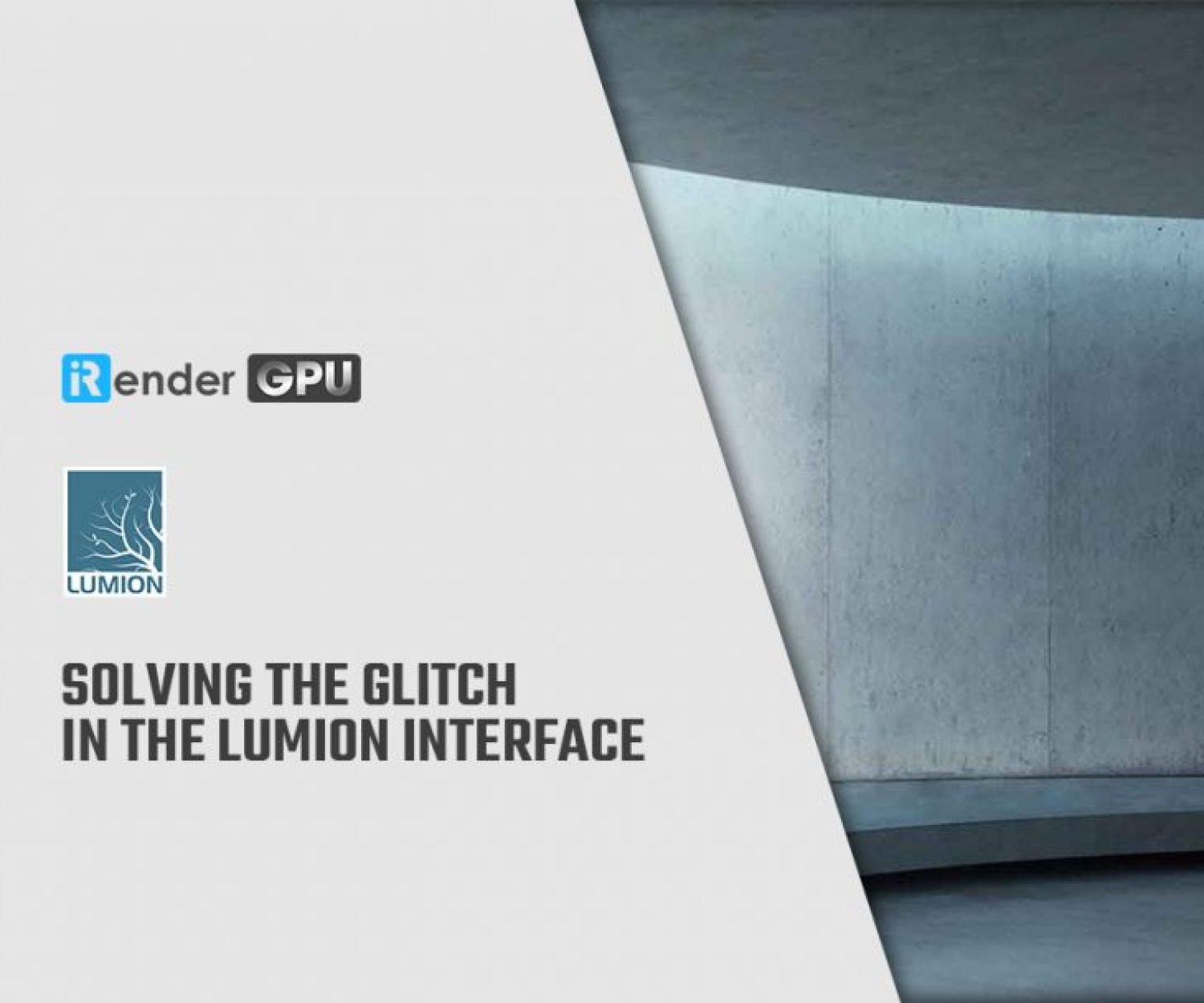3 main differences between 2D and 3D Architectural Rendering
With new technologies constantly emerging, architects now have the option of making either 3D or 2D renderings. Even though some people would think that newer is better, both options let you make incredible architectural renderings have their own benefits.
Even though 2D and 3D Architectural rendering give architects and their clients a way to see a visualization of a particular project, they produce different results. Below we highlight some of the main differences between the two to help you choose the best option for you and your project.
Differences Between 3D and 2D Renderings
There are a few differences between 3D and 2D renderings that you should know. When you are deciding which option will be the most ideal for your project, the differences between the two can be a big help. Now, let’s find out 3 key differences between 2D and 3D rendering.
1. Perspective
Perspective from a specific and created camera angle would be the main difference and should be favored over these differences. With 2D renderings, you can only look at the visualization from one angle. Whether it is digital or a physical rendering, it is not possible to rotate a 2D plane to look at the design from other sides.
With a 3D rendering, in either computer programs or physical models, you are able to move the image around to view the same focal point from different angles.
2. Creation
There are two different principles used to create 3D and 2D images. In order to make a 2D rendering, you need to have a thorough understanding of geometry because 2D models use lines, shapes, and symmetry. To create a 3D rendering, artists use mathematics.
Changes
It is much easier to make changes to a design if it is 2D. Because a 3D rendering is more complex, more elements have to be altered to make changes.
How Do You Choose the Right Option?
Understanding the differences between 2D and 3D modeling is the first step to determining what option will be the best for you. Here are some other factors that you should also consider:
First, you need to think about which of the two you would be the most comfortable using. If you have a better grasp of geometry than mathematics, then 2D images may be the best option for you. If you have a better understanding of space, then a 3D rendering will be ideal for you.
Don’t forget to think about your current clients and future prospects. As an architect, you need to make sure you are able to convey your ideas clearly. As with any project, there are many factors to take into consideration beyond cost. If you find that your clients respond better to 3D images, even though they aren’t your favourite, you should focus on improving your understanding of them so you can deliver the things they want to see. If your client is more of a traditionalist looking for the visual appeal of a more classic illustration, then it’s likely that drafting a 2D image is the most appropriate option. Or if your client’s on a deadline or has a penchant for realism, then you may be more inclined to go with a 3D presentation.
As we all know, the rendering process consumes a considerable amount of resources and time. The rendering time and quality depend on many factors such as computer specifications, the hardware, the rendering software and plugin, etc. Currently, iRender supports and integrates most of the 3D software and Render Engines controlled directly via the Remote desktop, which makes your rendering tasks become easier and happier. Sign up right here to experience our service!
Reference source: designblendz.com
Related Posts
The latest creative news from Enscape Cloud rendering, Lumion Cloud rendering, V-Ray Cloud Rendering , Twinmotion Cloud Rendering , 3D VFX Plugins & Cloud Rendering.







